River deep, mountain high
The event “bubbles over Trento” , held in November last year in Trentino, offered guests a chance to try some of the finest sparkling wines that the region has to offer. BKWine’s contributor Stuart George reports back from his visit to hillsides of the Dolmites and shares his thoughts on the tastings.
Overshadowed by Prosecco and Franciacorta in export markets, Trento DOC accounts for 12% of the domestic Italian sparkling wine market. Ten percent of its production is exported.
Giulio Ferrari – no relation to Enzo – initiated sparkling wine in this mountainous part of Italy in 1902, when Trento was still part of the Austro-Hungarian Empire. Owned by the Lunelli family since 1952, Ferrari remains the preeminent and largest producer of Trento DOC, with an annual production of five million bottles, 90% of which is sold in Italy.
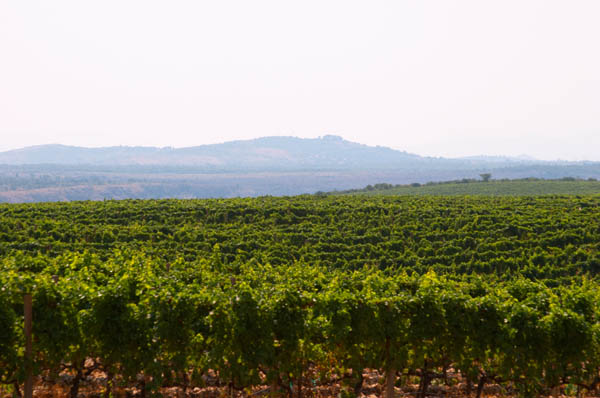
The Istituto Trento DOC Metodo Classico was established in 1984 and, with the Istituto Agrario di San Michele all’Adige, oversaw production of classic method sparkling wines in Trentino.
In 1993 Trento was the first sparkling wine after Champagne – and the first Italian sparkling wine – to gain protected origin status. Trento DOC is for sparkling wines only; still wines come under the Trentino DOC.
Today there are 37 producers of Metodo di Classico di Trentino working with 3,000 hectares of vineyards planted with Chardonnay, Pinot Noir and Pinot Meunier.
Mountain bubbles
The pale-coloured, sharp-edged Dolomites are reflected in the area’s wines. Mountains and lakes influence Trento’s terroir. Vines are planted at up to 800 metres altitude, scattered across the mountains and valleys that overlook the River Adige. Altitude compensates for latitude here, with some vineyards so steep that at Azienda Agricola Zeni, for instance, the tractors have roofs to protect the driver in case the tractor topples over. Because of the slopes grapes are invariably hand harvested. Valley floor soils are alluvial but in the hills are more calcareous.
Vineyard holdings are fragmented. Ferrari works with 600 growers. The Cantina La Vis co-op has 300 members with an average holding of one hectare. 4,500 growers supply Trentino’s largest producer Cavit.
Vines are trained to guyot or pergola, though replantings always utilise the superior guyot system. The wind that blows in from Lake Garda to refresh the vines (and the workers) lends itself to organic viticulture, as pursued by Endrizzi, Zeni and Maso Martis, for example.
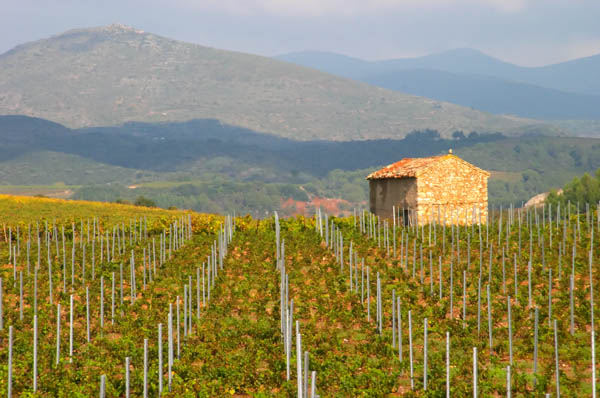
The Trento DOC regulations insist on “High quality base grapes grown in Trentino, second fermentation in the bottle, prolonged contact with the lees followed by long maturation and excellent winegrowing and winemaking techniques supervised and guaranteed by a high standard of professionalism.”
Wines must be made from Chardonnay, Pinot Noir, Pinot Meunier and / or Pinot Blanc. Rosé wines can be made only by saignée. The minimum ageing period for NV wines is 24 months and for Riserva wines 36 months. The disgorgement date is declared on the label – not something that happens all that often in Champagne.
There is no minimum dosage but the maximum is “in conformity with EEC regulation”. In practice the wines tend to have a low dosage of no more than 10 grams per litre.
Pressure tends to be 5.5-6 atmospheres, more or less the same as a bottle of Champagne. (A refrigerated can of soda is about 2 atmospheres).
Trento Class Cruisers: A tasting of 15 Trento DOC wines 2007-1991
On 25th November 2011, 15 wines from five producers were presented at an “Old Vintage Tasting” held at the sixteenth century Palazzo Roccabruna in Trento as part of the “Bollicine Su Trento” (“Bubbles Over Trento”) event.
Abate Nero Riserva 2003
Abate Nero is a Trento DOC specialist – no still wines are made here.
The Chardonnay and Pinot Noir grapes for Riserva were sourced from Trento and Lavis hillsides at 300-700 metres altitude.
An etched glass doubtless encouraged the fine mousse. Fresh and vaguely sherbetty on the nose, and not particularly leesy (though it was disgorged in 2011), the palate had dry richness but was a bit blurred at the edges. With aeration the pleasing flavours and acidity gave way to some acetate. Drink now.
Abate Nero Riserva 2002
Like the 2003, this was blended from 80% Chardonnay and 20% Pinot Noir and had a dosage of 6.8 grams per litre. This vintage had less time on the lees, though, and was disgorged in “mid-2007”.
The mousse was more persistent than the 2003’s, though it lacks that wine’s complexity. Drink now.
Abate Nero Riserva 2001
A fine, persistent mousse again. Disgorged in “mid-2006”, the 2001 was fresh but had hint of furniture polish – linoleum perhaps. Smoothly textured and with great vivacity on the palate for its age, this wine declined badly with aeration to become excessively aldehydic.
Altemasi di Cavit Altemasi Riserva Graal 2003
This wine represents 10%, or 300,000 bottles, of the vast Cavit co-operative’s annual production.
Sourced from Chardonnay and Pinot Noir vineyards overlooking Trento, Brentonico and the Lakes valley , it was disgorged in May 2010. A third of the Chardonnay was fermented in barriques.
It improved with aeration but remained unappealing. The rubbery, “burnt” nose suggested reduction.
Altemasi di Cavit Altemasi Riserva Graal 2000
This was much better. Disgorged in March 2007, it was clean, brisk and pleasant. The palate was vaguely honeyed and finished with some nuttiness. Drink now to 2015.
Altemasi di Cavit Altemasi Riserva Graal 1998
This was the best wine yet. Honeyed on the nose, its lip-smacking acidity and more than decent length showed real quality. After an hour or so in the glass it became very leesy – disgorgement was in April 2006.
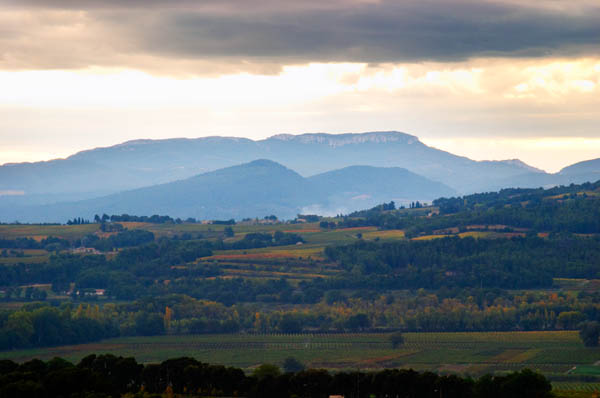
Azienda Vinicola Methius Riserva 2006
Methius makes 15,000 bottles per year of this wine, which represents 20% of total production. A 60/40 blend of Chardonnay and Pinot Noir, it came from Faedo and Pressano hillsides at 350-500 metres altitude north of Trento on the east side of the River Adige. It was disgorged in September 2011.
Toasty at first, it showed good freshness, concentration and acidity, though overall was relatively simple.
Azienda Vinicola Methius Riserva 2005
A fellow taster complained about excessive sulphur. The 2005 had 110 parts per million, which was the highest of any wine here but not by much.
This was more honeyed than the 2006 but had excellent length again.
Azienda Vinicola Methius Riserva 2002
An excellent sparkling wine of real interest. All sorts of things could be smelled and tasted here: linoleum, honey, herbs and even Panettone. Nicely textured and with excellent length, like the 2005 and 2006 it had five years on the lees.
Istituto Agrario di San Michele all’Adige Riserva del Fondatore Mach 2007
The Istituto, which is now known as Fondazione Edmund Mach, is an agricultural college that makes wines under its own name from 50 hectares of vines. About 10,000 bottles a year of Riserva del Fondatore Mach are produced, which is about 4% of the winery’s total production.
The Chardonnay grapes for this came from vineyards at 700 metres altitude on “glacial deposit soil with marl-calcareous mineral content, sub-alkaline, fine loamy structure, strong skeleton (sic) and good organic matter content.”
As bright and fresh as the morning air in Trento, it was fruity, charming and invigorating but fundamentally simple. Disgorgement was in September 2011.
Istituto Agrario di San Michele all’Adige Riserva del Fondatore Mach 2006
Also disgorged in September 2011, the 2006 was much more complex than the previous wine, with nuttiness and fine length.
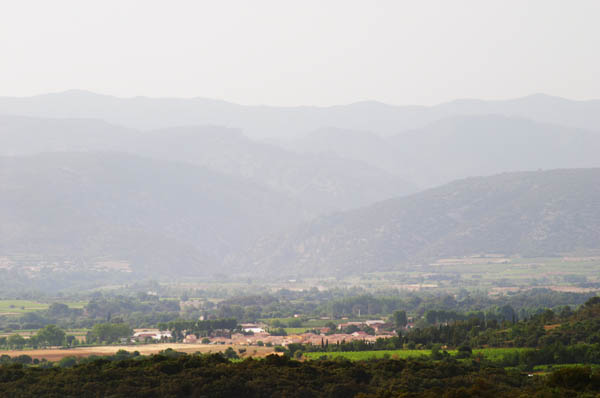
Istituto Agrario di San Michele all’Adige Riserva del Fondatore Mach 2002
A lick of acidity on the finish keeps this bracingly vigorous. Deep and dense, it could be drunk with red meat. Disgorged in September 2006.
Giulio Ferrari Fratelli Lunelli Giulio Ferrari Riserva del Fondatore 2001
First made in 1972, Riserva del Fondatore accounts for less than 1% of Ferrari’s annual production of five million bottles.
It is sourced from a Chardonnay vineyard called “Maso Pianizza”, 500-600 metres above sea level in the commune of Trento.
As golden as a Garda sunset, it was complex but remains fresh and lively. Riserva del Fondatore has significant ageing on the lees, at least a year more than any other wine tasted here. The 2001 was disgorged in 2010 but the vivid fruit keeps the leesy flavours in rein, though some nuttiness showed on the finish.
Giulio Ferrari Fratelli Lunelli Giulio Ferrari Riserva del Fondatore 1994
Less vivid than the 2001, with a paler colour and duller mousse, this was nonetheless delicious. The nose suggested sottobosco. Like the previous wine, it was disgorged in 2010.
Giulio Ferrari Fratelli Lunelli Giulio Ferrari Riserva del Fondatore 1991
At 20 years old, this still has concert pitch acidity. Truffles, dried fruits and some nuttiness suggest age but it has retained freshness. Also disgorged in 2010.
Stuart George is one of the contributors to BKWine Magazine. Read more of his articles by clicking on his name at the top of the page. You can find his website and blog at www.stuartgeorge.net
[box type=”info” border=”full”]If you are interested in Italian wines, perhaps you would like to go to Italy yourself to experience the wine and cuisine first hand? Join us at BKWine on a wine tour to Italy, head over to BKWine Tours to read more on our wine tours to Italy![/box]
Please note that the pictures in this article are not actually taken in Trentino. Unfortunately we do not presently have any pictures from Trentino in our archive. For all our pictures, please visit BKWine Photography.



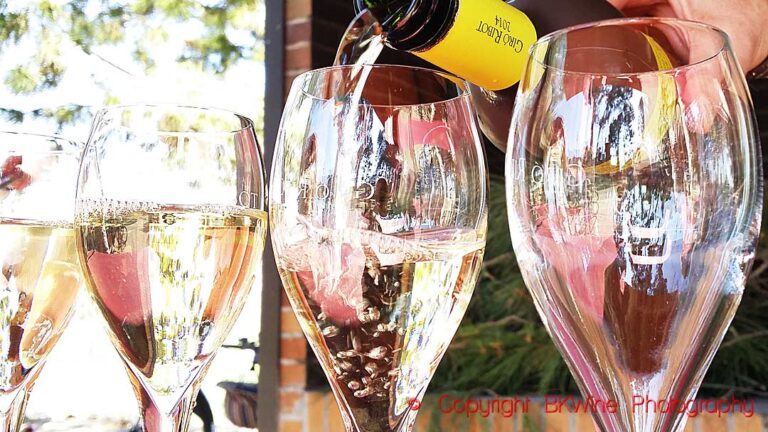
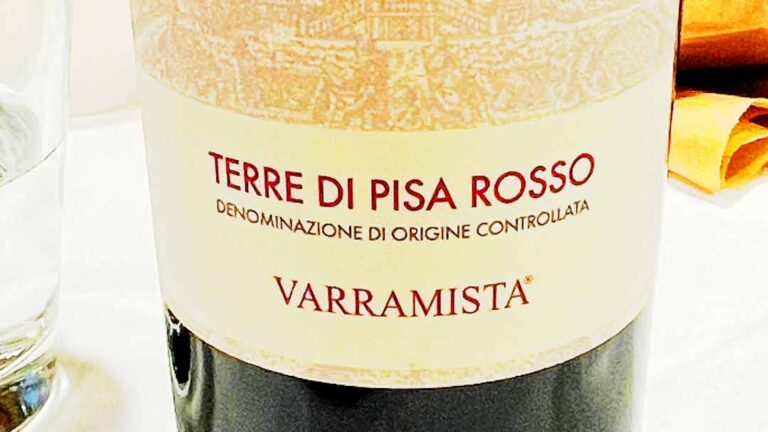
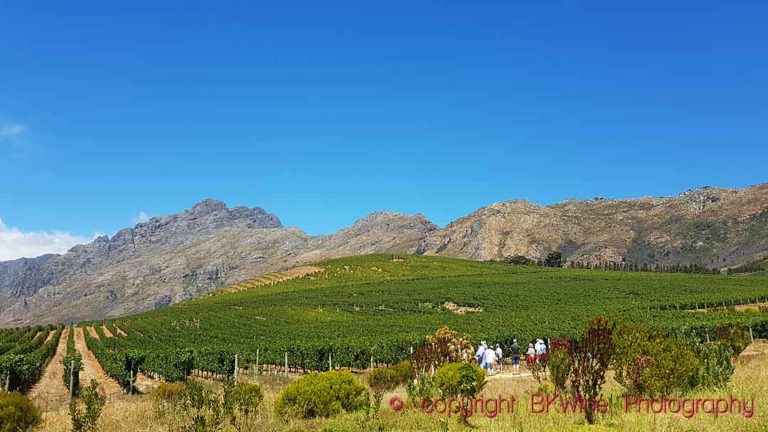




3 Responses